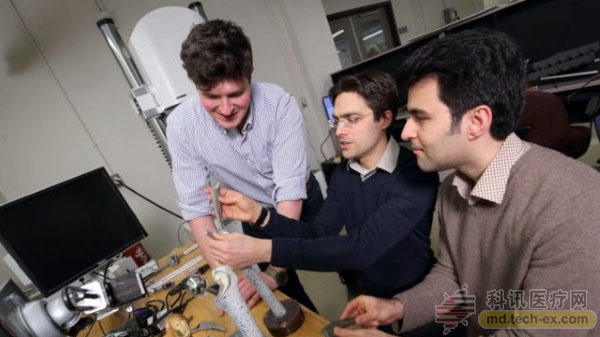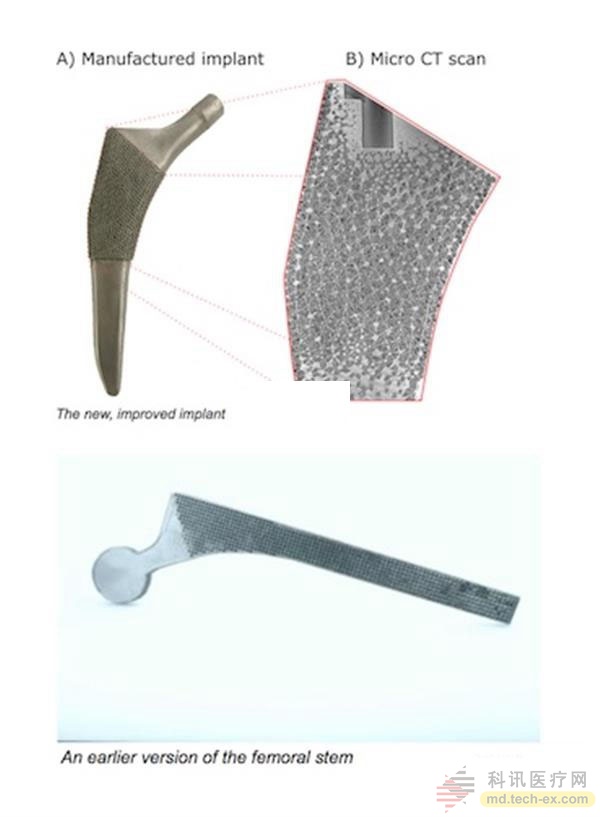Release date: 2016-11-11
3D printing has greatly improved the quality of implant surgery, but even 3D printed implants can cause significant discomfort, but will fade over time. McGill University professor Damiano Pasini released a new study that, instead of using very strong materials, developed a porous 3D printed femoral stem implant that approximates the porosity of the actual bone and the bones of its own continue working. Therefore, replacing the hip joint will last longer and will reduce the problems caused by the implant.

Pasini is a professor of mechanical engineering at MicGill University. He and his research team have just published their research in the Journal of Orthopaedics. The title is "Porous 3D Printed Titanium Femoral Replacement"
They found that the biggest problem with existing hip replacements was that the replacement was too hard. They will reduce the pressure on the living bones, causing the living bones to be weakened and deteriorated. Over time, other painful joints will require new hip replacement. Therefore, a softer implant is required to continue the existing bone structure for their work.
To some extent, these 3D printed femoral stems also promote body regeneration. “Because the implant is very similar to the living bone, it keeps the living bone in its original state,†explains Pasini. “This means that our implants avoid many of the problems with the current.
While these 3D printed implants are not the greatest medical applications, they are a great improvement for the increasingly common surgical procedures. The entire health care system is already on the verge of an aging population. If the elderly need new surgery every few years, the situation will get worse. At the current rate of development, these new implant solutions may be implemented in the next three to five years.

The 3D printed femoral stem implant has the shape of a pyramid and is capable of engaging a living femur with an artificial implant. "We use hollowed-out tetrahedrons to replicate the density gradient of the real femur," Professor said of his design. "Although there is space in the tetrahedron, it is very strong, it can bear the proper weight, just like the Eiffel Tower." The principle.
This research and development has been going on for about six years, and Pasini has released several versions during that time, in order to keep the living bones in their own activities.
Now he has finally achieved his goal, and current implant work can provide enough stress to stimulate cell formation. This is the perfect solution for bone degradation and the most important issue for orthopaedic surgeons. Dr. Michael Tanzer of McGill's Jo Miller Orthopaedic Research Laboratory said: "People need to do all kinds of sports. They are more injured than before. Even young people are increasing their frequency of bone replacement. They often need to change bones many times. The previous implants will degrade the original living bones, but the patients thought it was no problem."
So far, implants have been successfully tested many times, and researchers have applied for this 3D printing innovation patent. They say their designs are fully applicable to existing hip replacement surgery techniques and they hope that this development will get FDA approval faster.
(Compiled from 3Ders.org)
Source: Tiangongshe
Dried Fruit,Freeze Dried Strawberries,Dehydrated Fruit,Dried Goji Berries
Xi'an Gawen Biotechnology Co., Ltd , https://www.seoagolyn.com